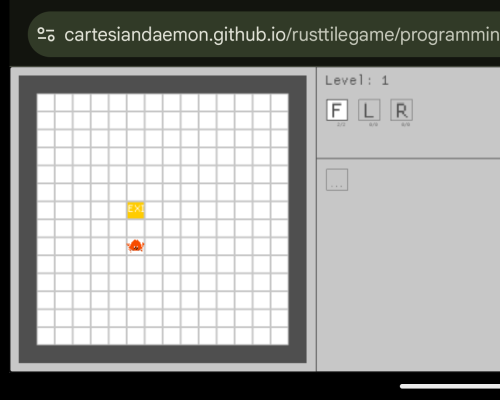To-read pile, 2025, November
Dec. 7th, 2025 01:48 pmBooks on pre-order:
- Platform Decay (Murderbot 8) by Martha Wells (5 May 2025)
Books acquired in November (and all read!)
- Testimony of Mute Things (Penric & Desdemona) by Lois McMaster Bujold
- Goalie Interference (Austin Aces) by Kim Findlay [7]
- After Hours at Dooryard Books by Cat Sebastian
Books acquired previously and read in November:
- Percy Jackson and the Lightning Thief by Rick Riordan [May 2016]
- Percy Jackson and the Sea of Monsters by Rick Riordan [May 2016]
- Percy Jackson and the Titan's Curse by Rick Riordan [May 2016]
- Percy Jackson and the Battle of the Labyrinth by Rick Riordan [May 2016]
Borrowed books read in November:
- Murder at the Grand Raj Palace (Baby Ganesha 4) by Vaseem Khan [3]
Rereads in November:
- Heated Rivalry (Game Changers 2) by Rachel Reid
- Tough Guy (Game Changers 3) by Rachel Reid
- Common Goal (Game Changers 4) by Rachel Reid
- Role Model (Game Changers 5) by Rachel Reid
- The Long Game (Game Changers 6) by Rachel Reid
Yes there's a TV adaptation of Heated Rivalry, no it's not available (legally) in the UK yet, also I have had no time to watch it even if it were. But watching it is very definitely in my future plans.
[1] Pre-order
[2] Audiobook
[3] Physical book
[4] Crowdfunding
[5] Goodbye read
[6] Cambridgeshire Reads/Listens
[7] FaRoFeb / FaRoCation / Bookmas / HRBC
[8] Prime Reading / Kindle Unlimited




